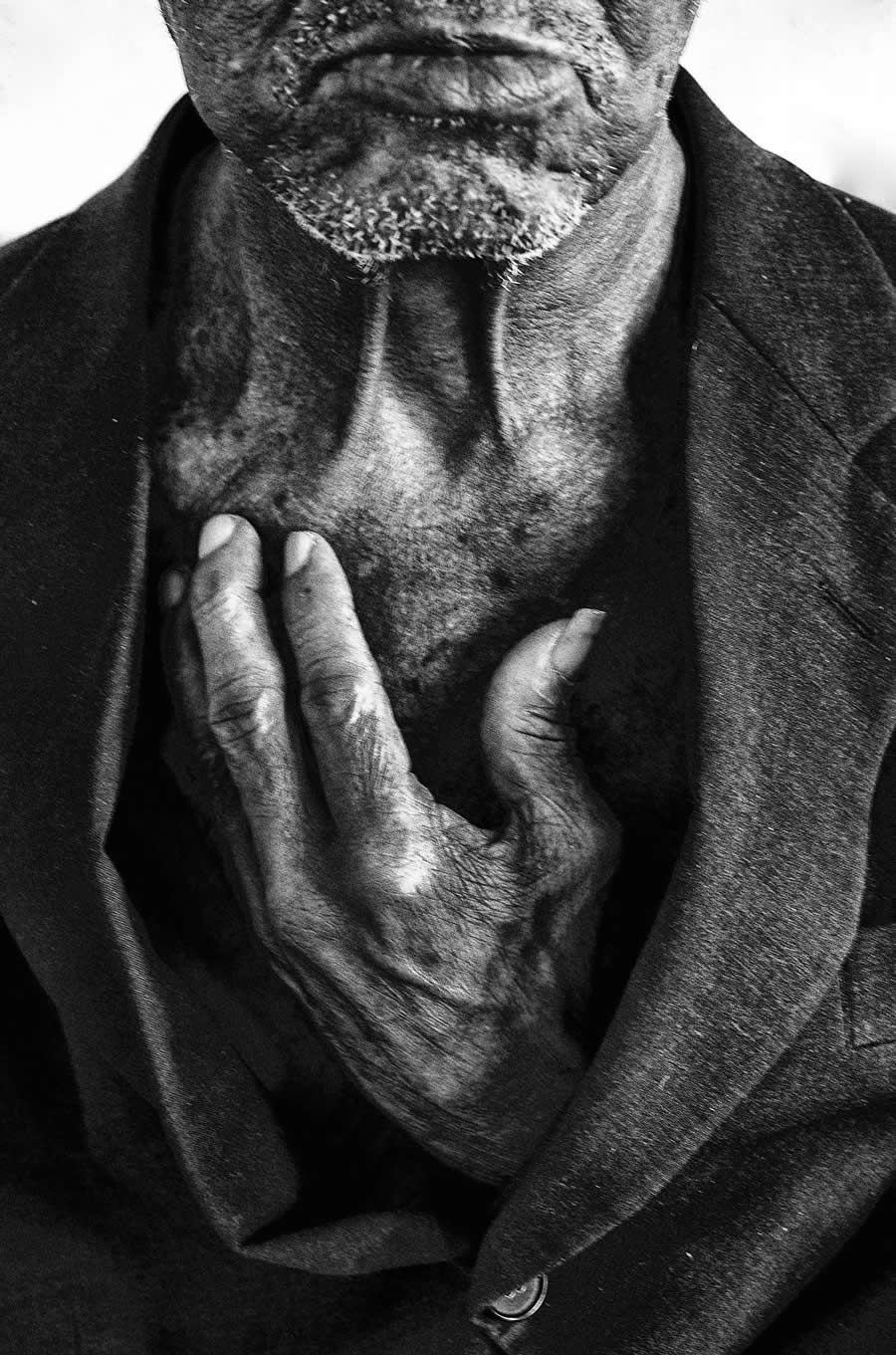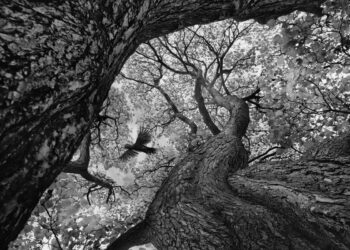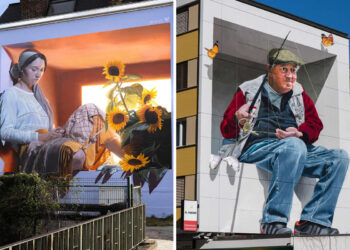Sometimes, color hides what the heart truly feels. That’s exactly what legendary Spanish creative Luis Casadevall discovered when he turned his Leica toward the streets of Havana. Known for reshaping the world of advertising—winning over fifty Lions at Cannes and earning the title of International Agency of the Year in 1992—Casadevall later found a new voice through photography. But this time, it wasn’t about brands or campaigns. It was about people, their stories, and the pulse of a city that refuses to stop beating.
His book, “The Soul Still Remains,” is the result of twelve years spent wandering Havana—not as a visitor, but as someone trying to understand its rhythm. Through 65,000 black and white photos, Casadevall strips away the distractions of color to uncover something deeper: resilience, dignity, and the unbreakable soul of the Cuban people. These images are not glamorous postcards—they’re raw, poetic testaments to life itself.
Each frame captures the invisible emotions that define Cuba’s streets: laughter echoing through decay, joy laced with nostalgia, and quiet strength beneath hardship. As writer Leonardo Padura beautifully said in the book’s foreword, “If the soul of Cuba endures, it is because it is immortal.” Casadevall’s images make you feel that immortality—an emotional storm of light, shadow, and truth.
These 30 powerful black and white photographs remind us that sometimes, when color fades, the soul finally comes into view.
You can find Luis Casadevall on the web:
#1
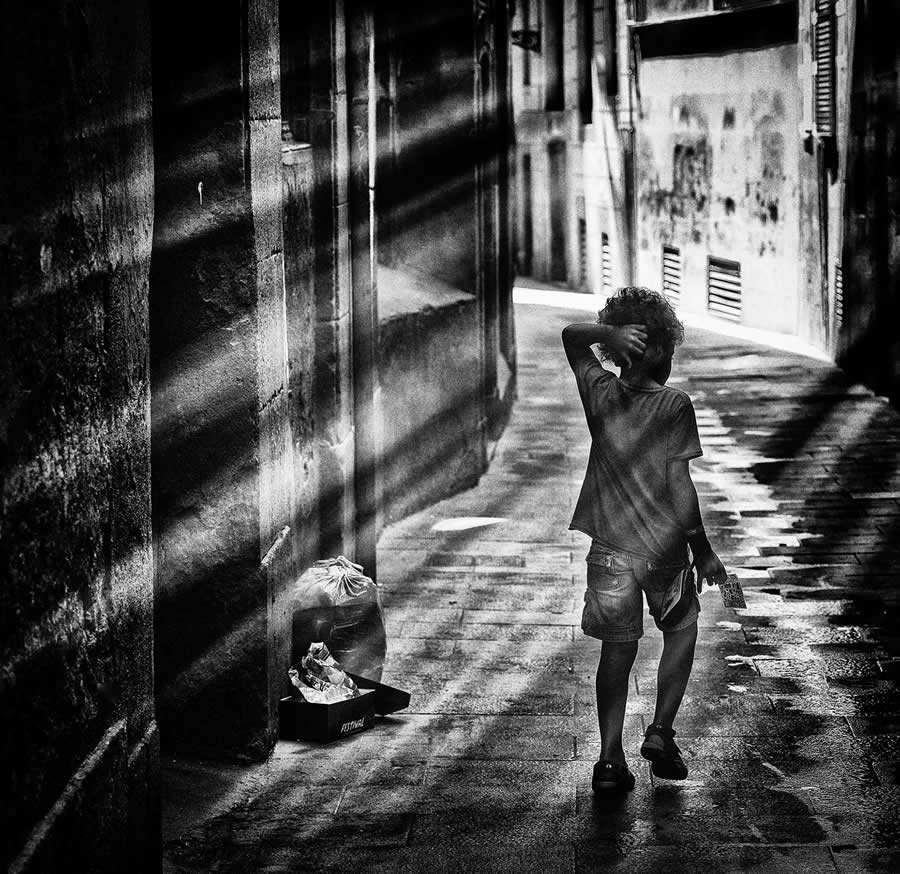
#2

#3
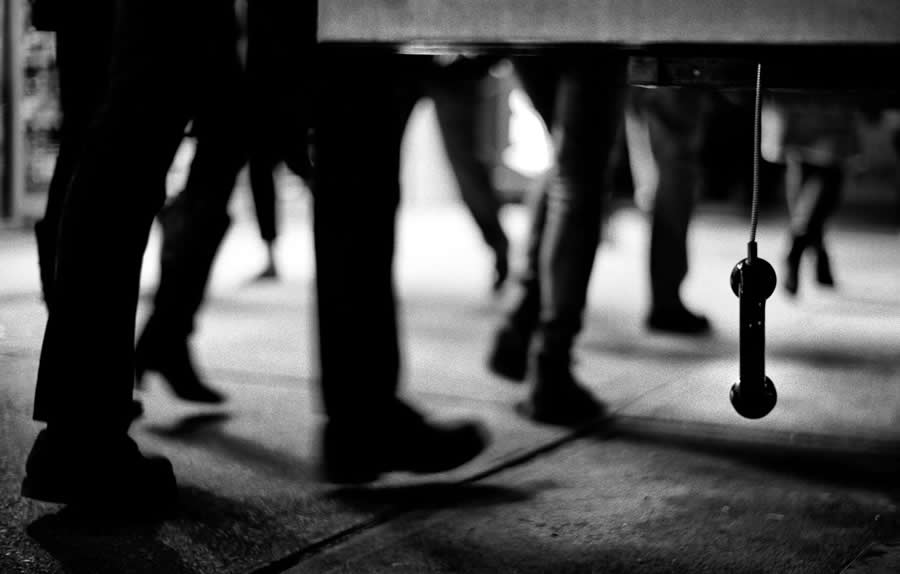
#4
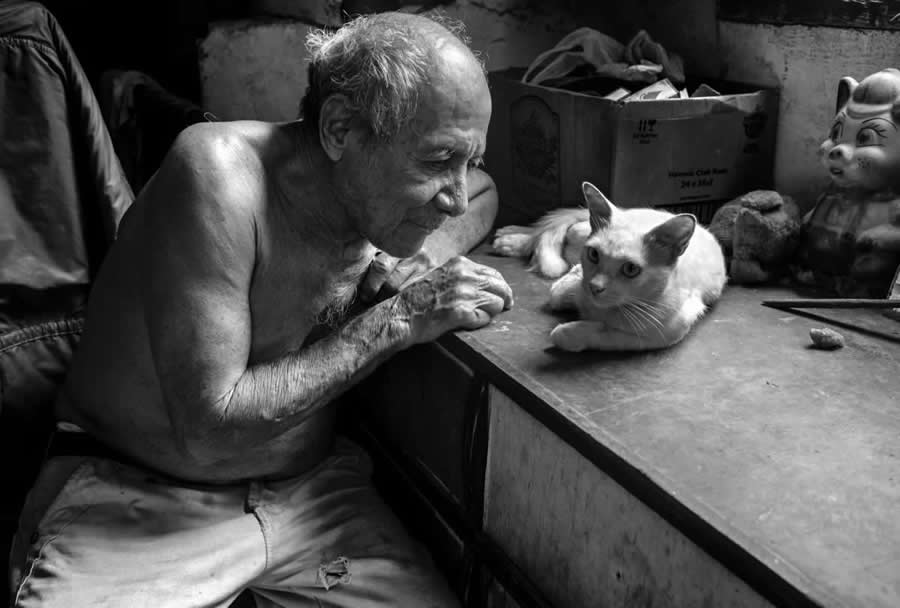
#5
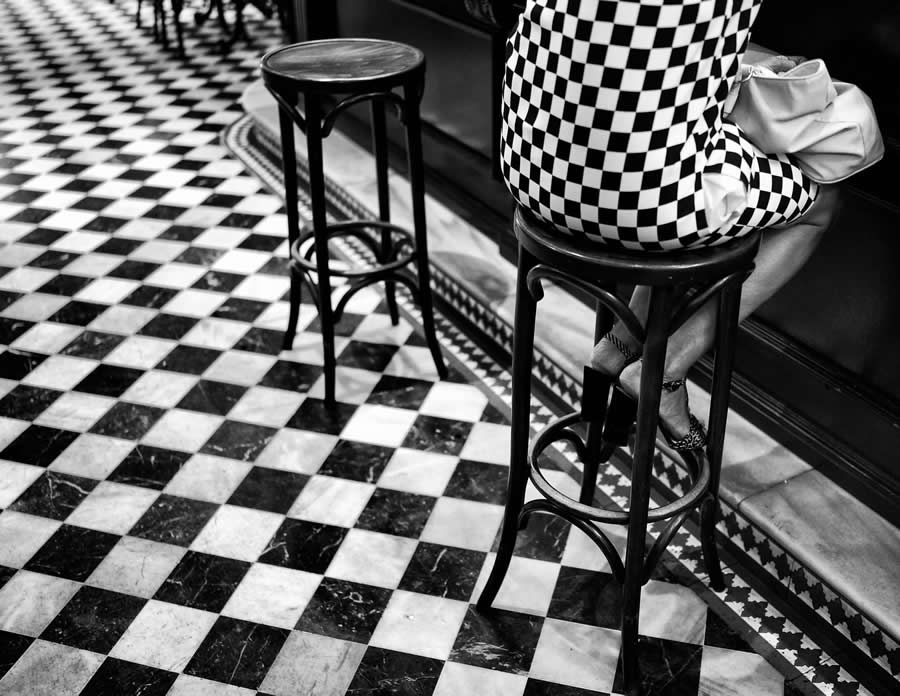
The Man Who Saw Beyond Color
Luis Casadevall’s journey into photography wasn’t about technique—it was about perception. After decades of creative brilliance in advertising, he sought a new way to tell stories. What began as curiosity evolved into obsession when he first set foot in Havana. Everyone expected him to photograph the island’s lively colors—the vintage cars, the salsa, the sunlit smiles. But Casadevall chose to see differently. He turned to black and white, stripping Cuba down to its emotional essence.
In doing so, he revealed a country layered with history and heartache, beauty and burden. Through monochrome tones, he found light within sorrow and strength within silence. For Casadevall, photography became a mirror reflecting humanity, not just scenery. Each click of his Leica wasn’t about taking a picture—it was about giving dignity to moments often overlooked. He didn’t just photograph Cuba; he felt it.
#6
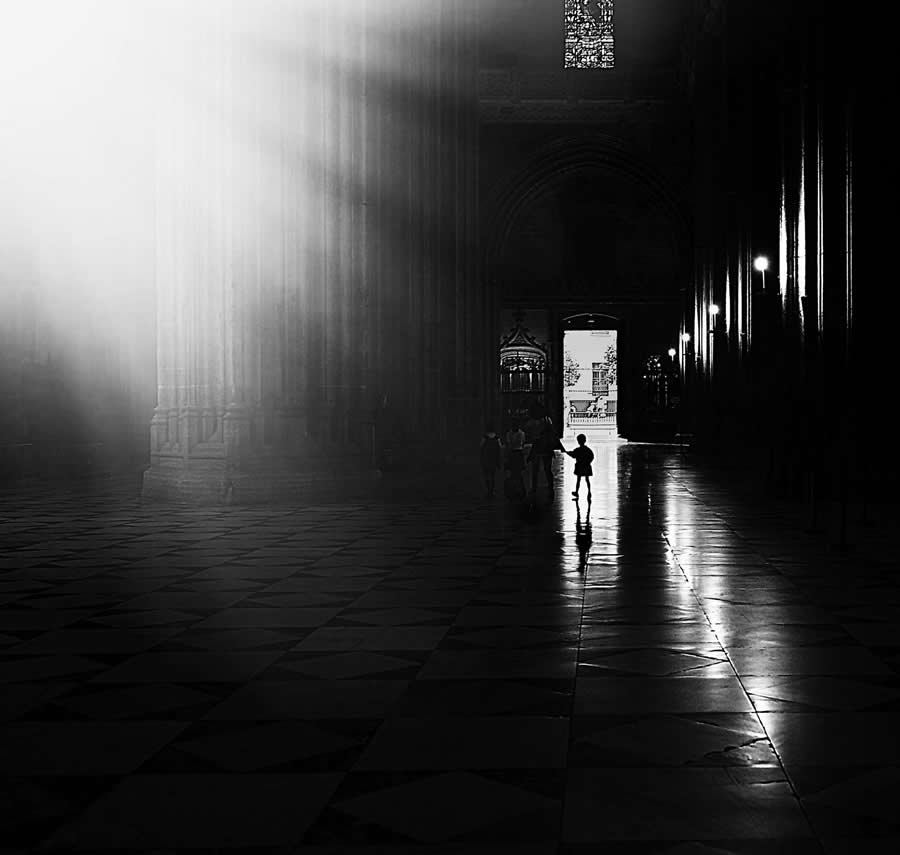
#7
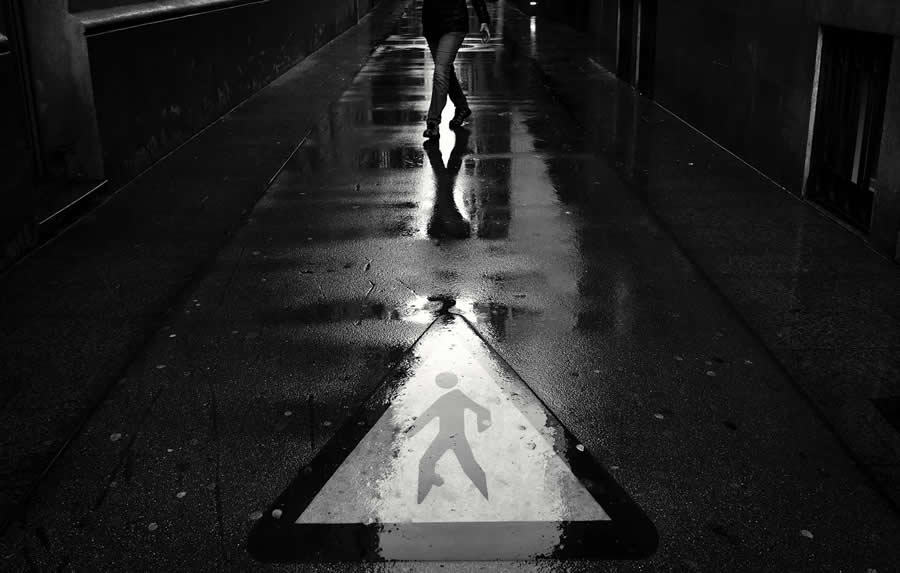
#8
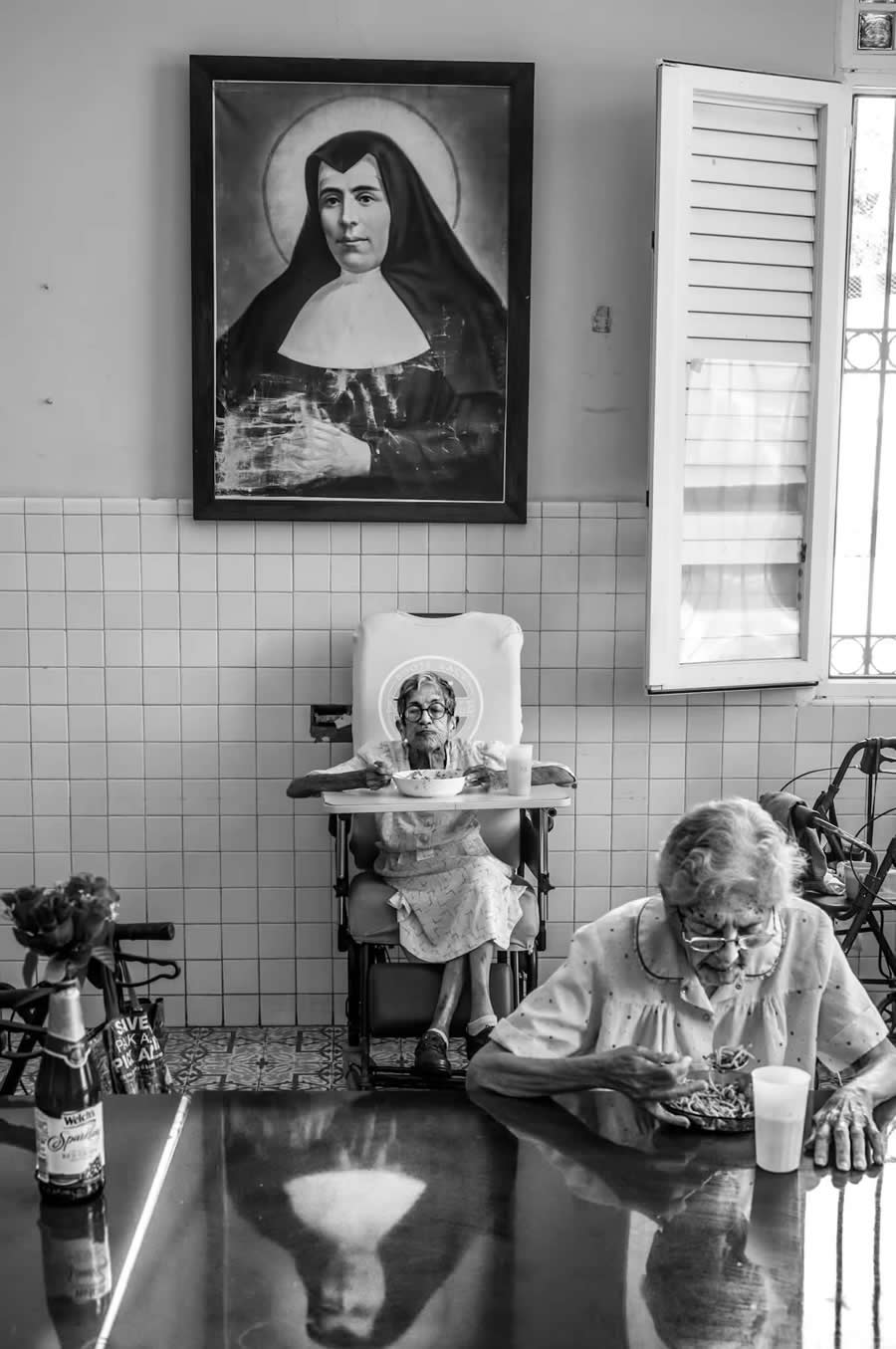
#9
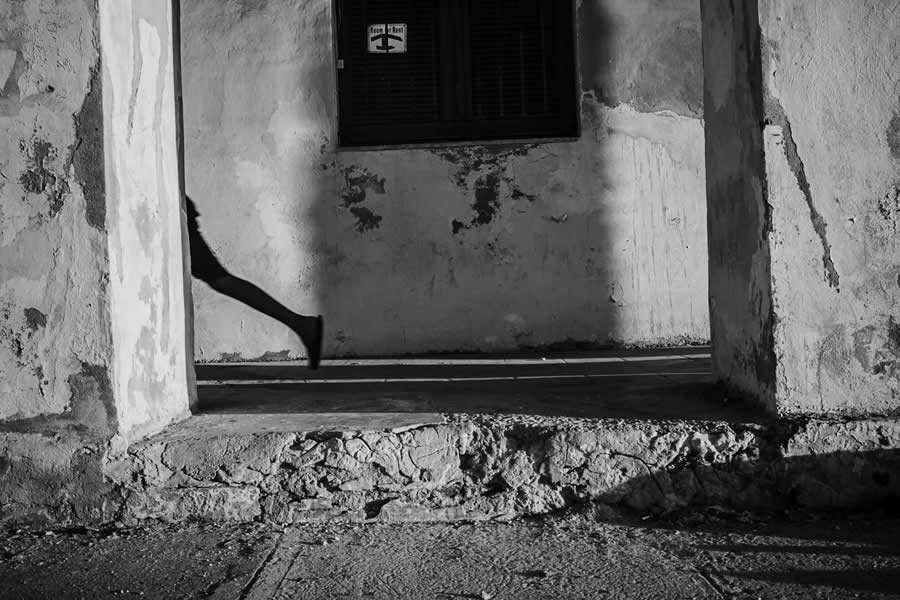
#10
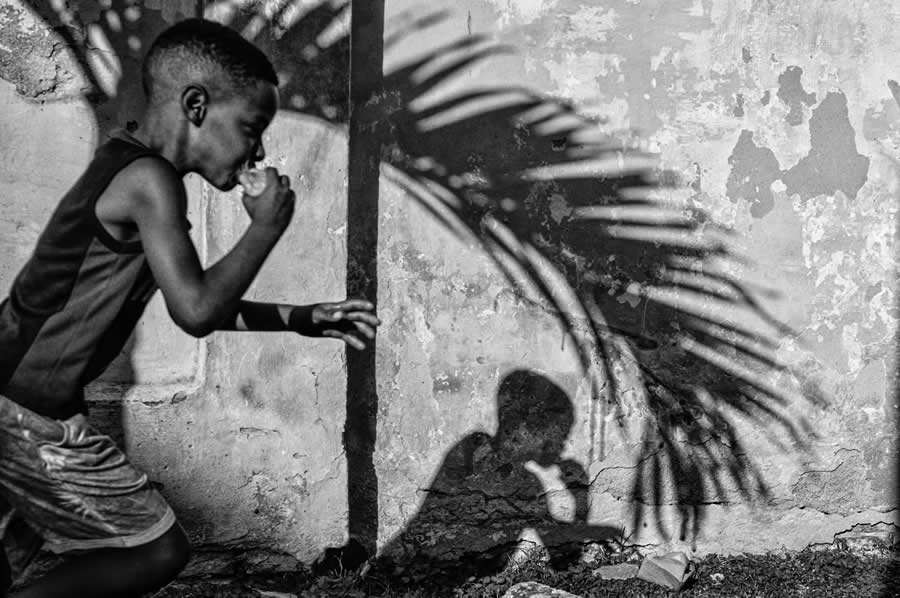
The Streets of Havana: Where Stories Breathe
Walk through Havana with Casadevall’s eyes, and you’ll see that every street is alive. Cracked walls whisper stories of survival, children play in courtyards where time seems paused, and elders sit on doorsteps with memories etched into their faces. His photos capture not just the people, but the soul of their existence.
In black and white, these scenes hit harder. You feel the humidity, the laughter, the resilience that pulses through the city like a heartbeat. The absence of color doesn’t dull the emotion—it amplifies it. His compositions feel cinematic yet deeply human, like scenes from a movie written by the streets themselves.
Casadevall’s Havana is both wounded and luminous—a place where beauty grows from struggle. His lens honors the people who live there, those who face life with quiet pride and unwavering spirit. In his hands, the streets of Havana become a living poem about endurance, love, and the art of simply being.
#11
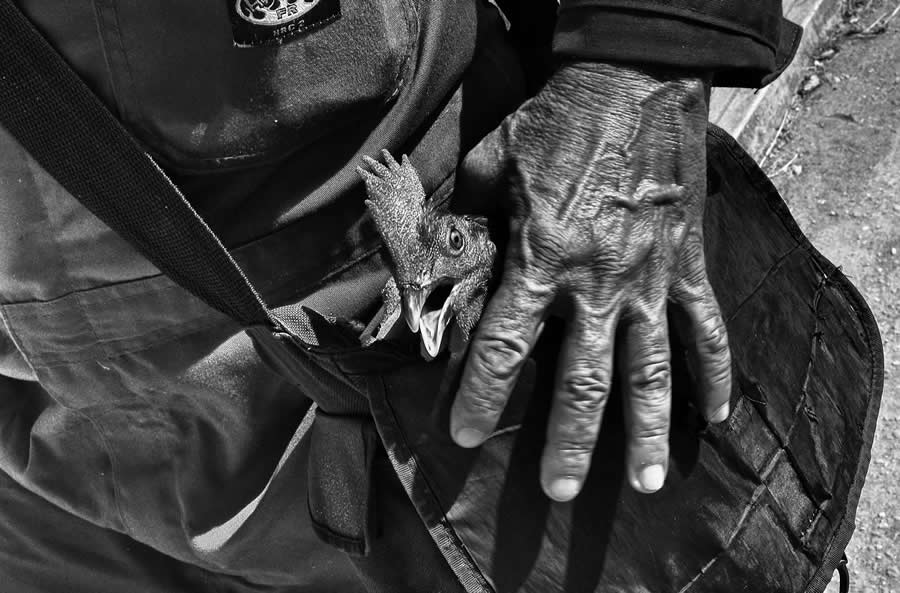
#12
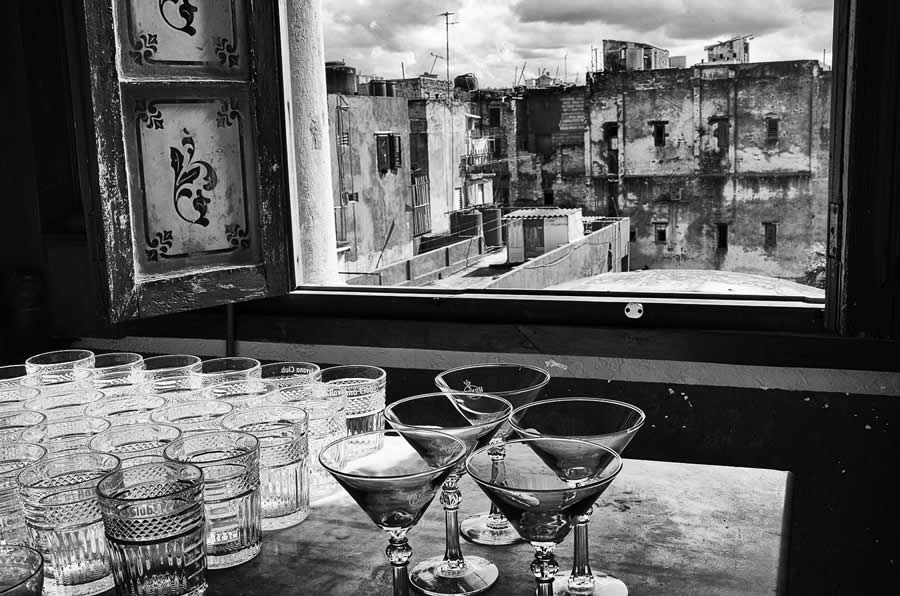
#13
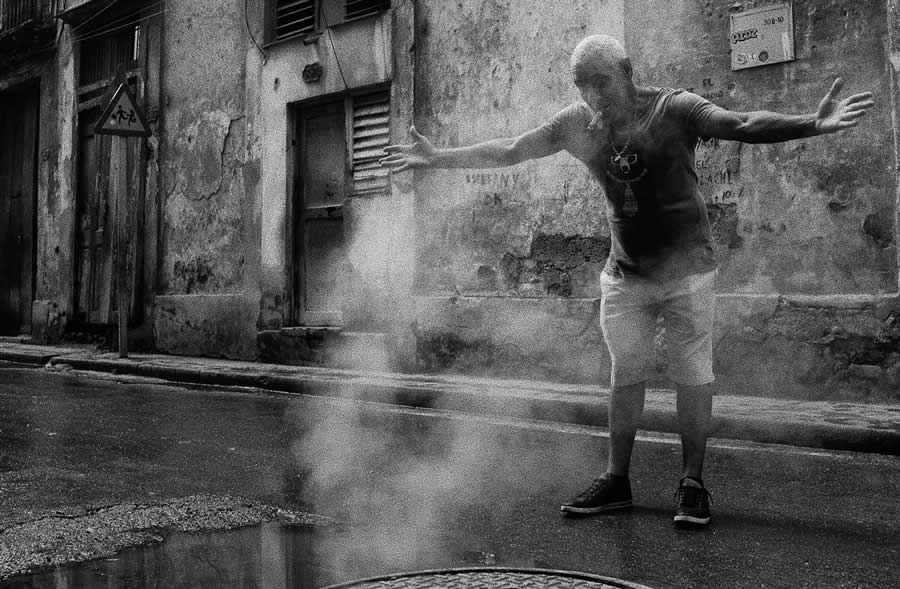
#14

#15
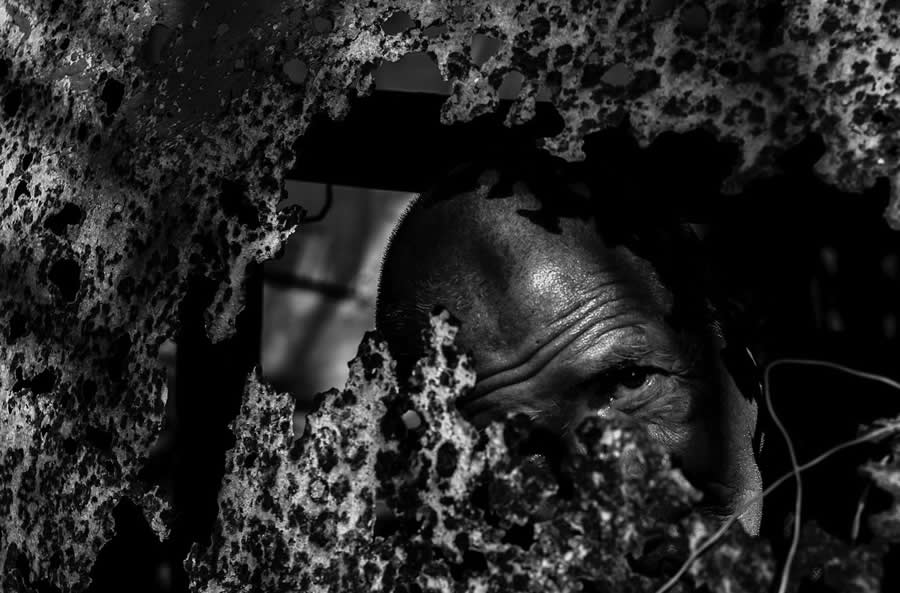
Capturing the Stories of People
Every face in Casadevall’s work tells a story. From the young boy chasing a tattered soccer ball to the elderly woman staring through her window, his portraits are emotional confessions of life itself. There’s honesty in every wrinkle, joy behind every tear. What’s remarkable is how Casadevall manages to capture emotion without intrusion—his camera never feels like a stranger, but like a friend who listens quietly.
His most powerful black and white photos are filled with contradictions—pain and hope, laughter and longing, despair and grace. He doesn’t romanticize poverty or dramatize suffering. Instead, he finds beauty in authenticity. Each subject becomes a storyteller, revealing a sliver of Cuba’s eternal spirit.
Through his lens, we’re reminded that human emotion transcends borders and languages. Casadevall didn’t just photograph the people of Cuba; he celebrated them. He made visible what words often fail to describe—the power of endurance, the beauty of simplicity, and the strength of the human soul.
#16
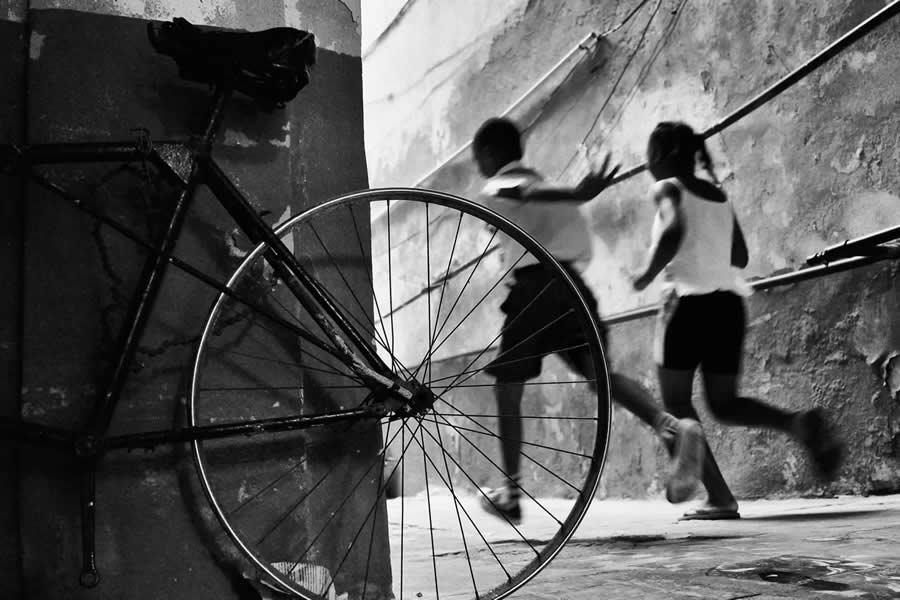
#17

#18
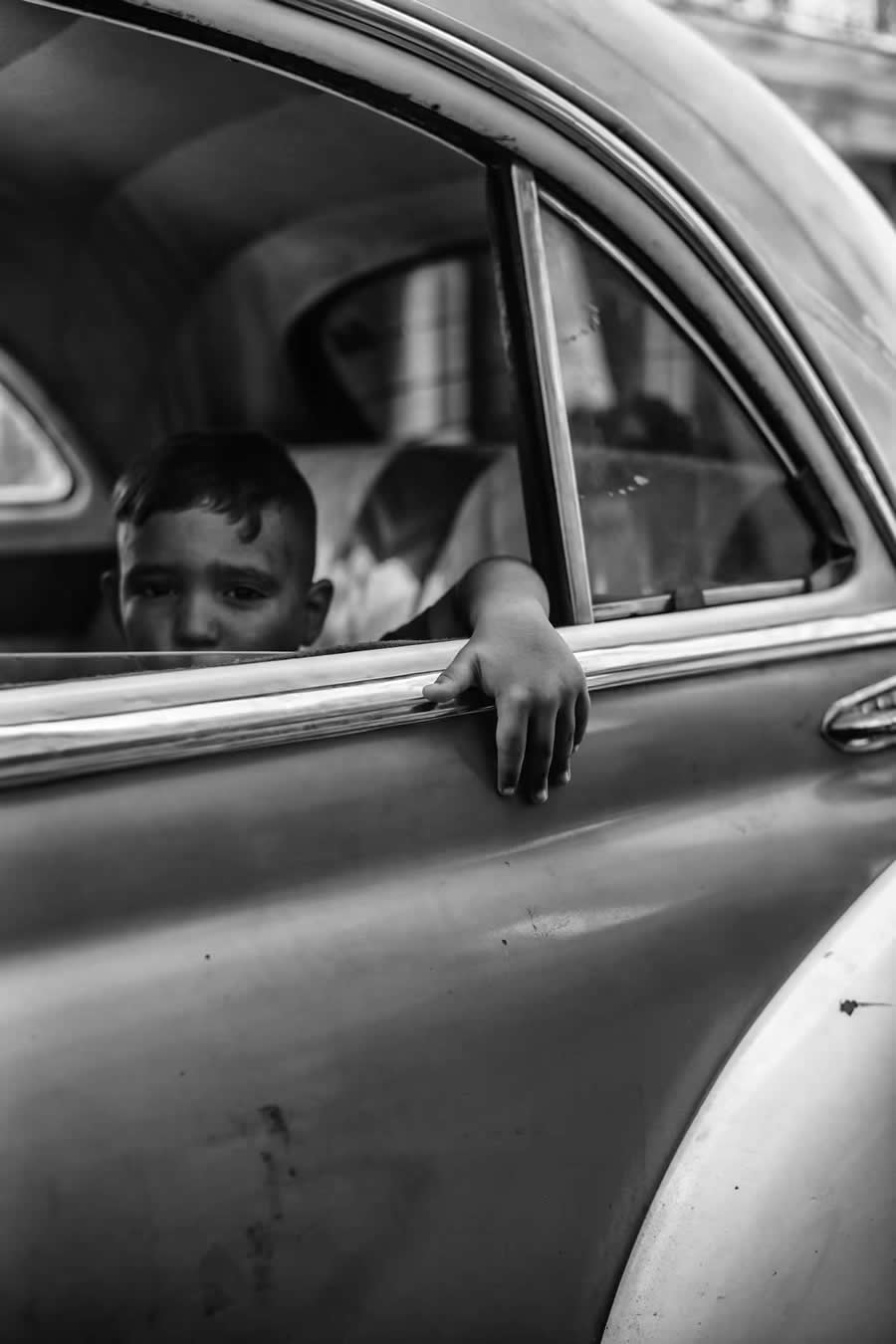
#19
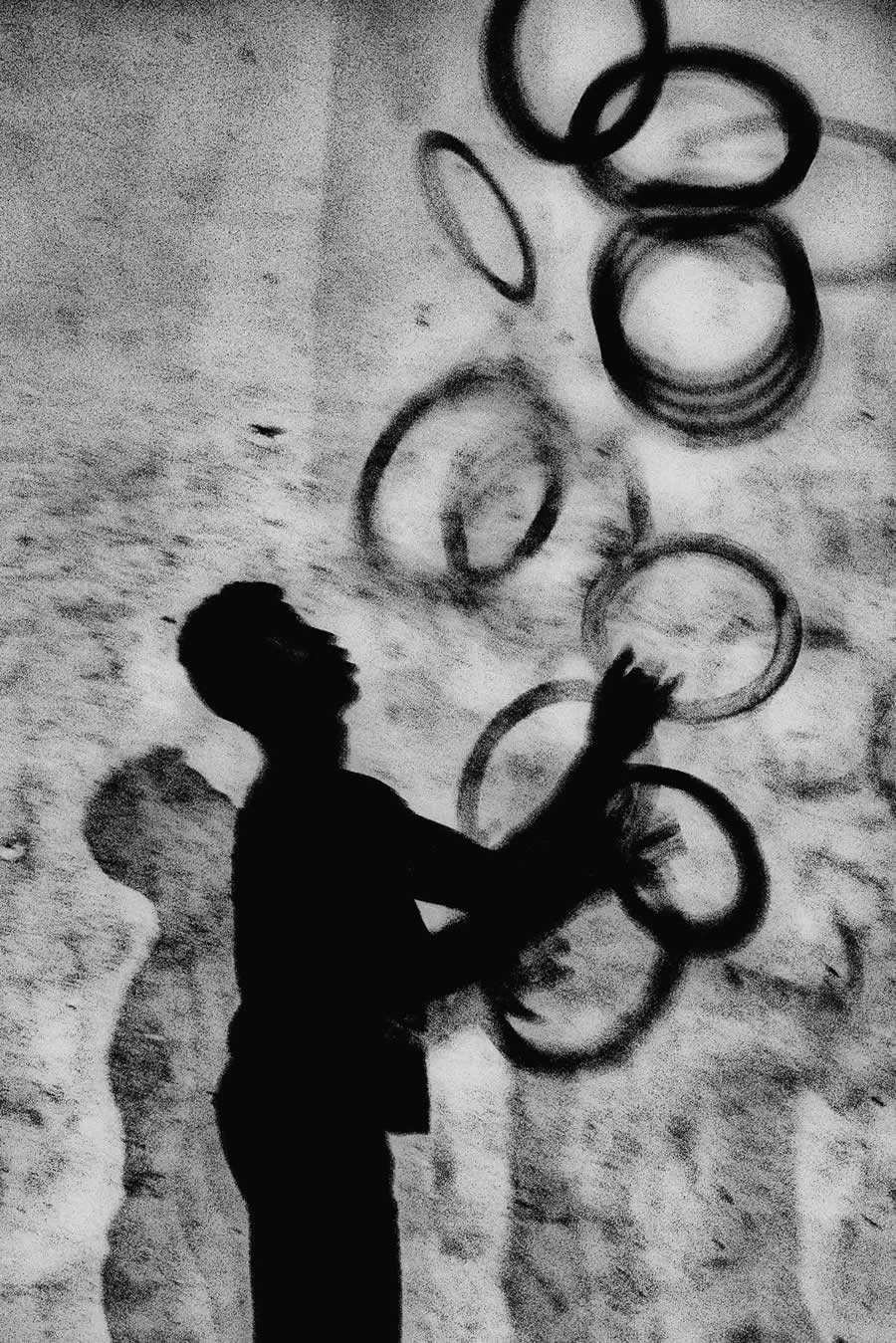
#20
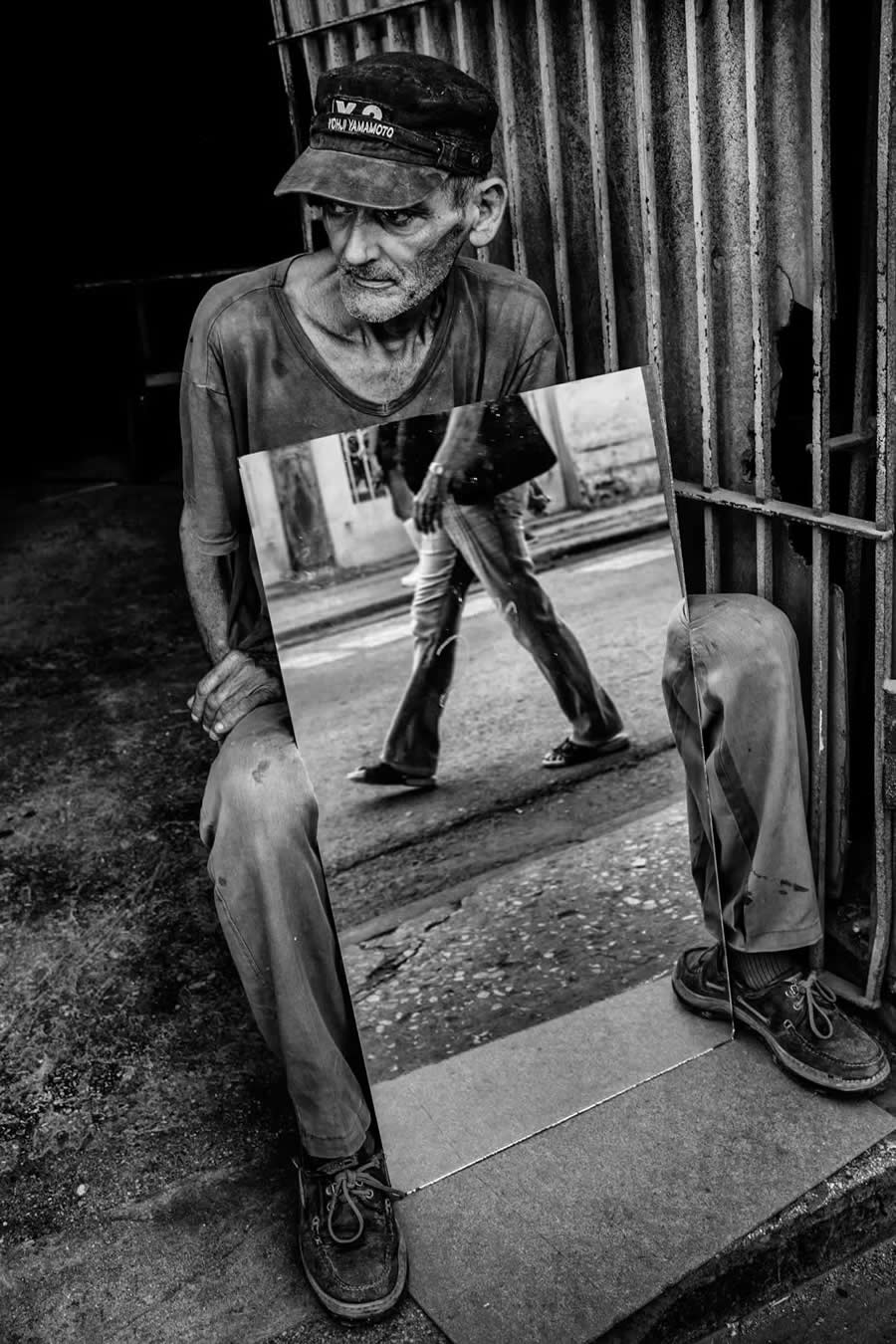
The Art of Composition and Framing
Casadevall’s background in advertising sharpened his sense of composition, but in Cuba, he used that skill to create something soulful, not commercial. His photographs feel effortlessly composed—yet each line, shadow, and contrast holds purpose. He plays with geometry, light, and depth to tell emotional stories through visual rhythm.
In black and white, framing becomes a language. A child framed in a doorway becomes a symbol of innocence against decay. A silhouette against sunlight transforms into a metaphor for hope. Every shot feels intentional, yet spontaneous—a balance between instinct and mastery.
His choice to eliminate color wasn’t just aesthetic—it was emotional. Without hues to distract, the focus shifts to feeling, texture, and truth. The result? Images that hum with silence yet shout with meaning. Casadevall proves that real storytelling isn’t about what you see—it’s about what you feel. His composition turns Havana’s everyday moments into timeless art that lingers long after the image fades.
#21
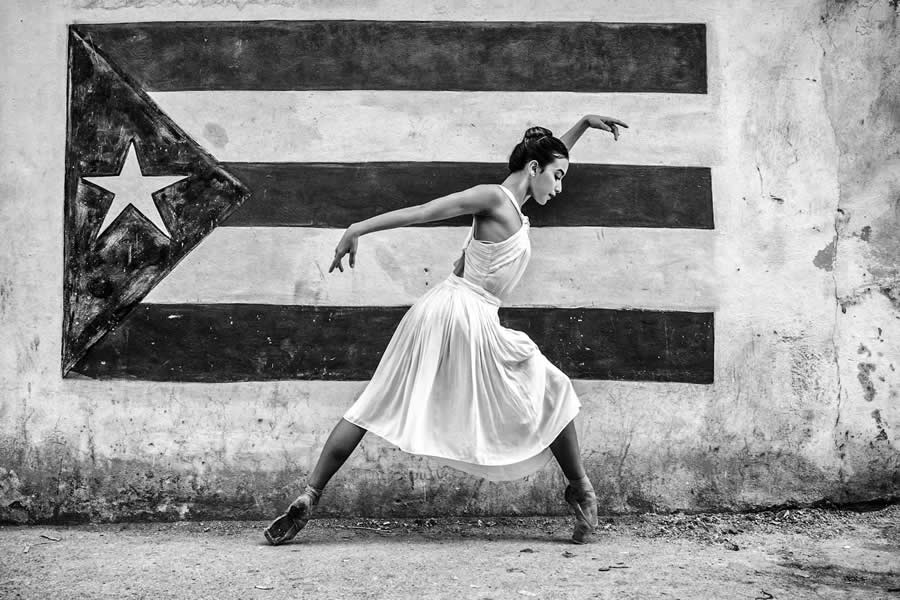
#22
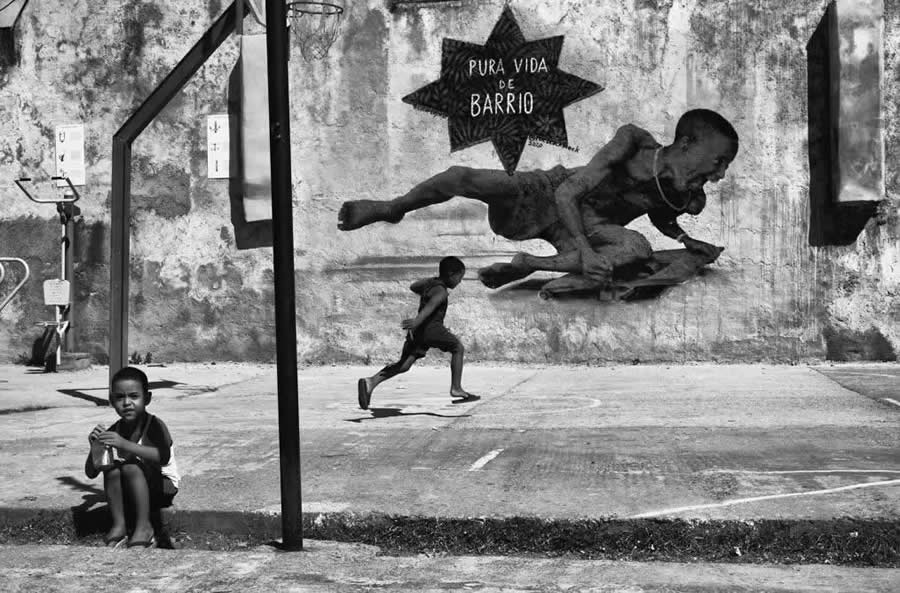
#23
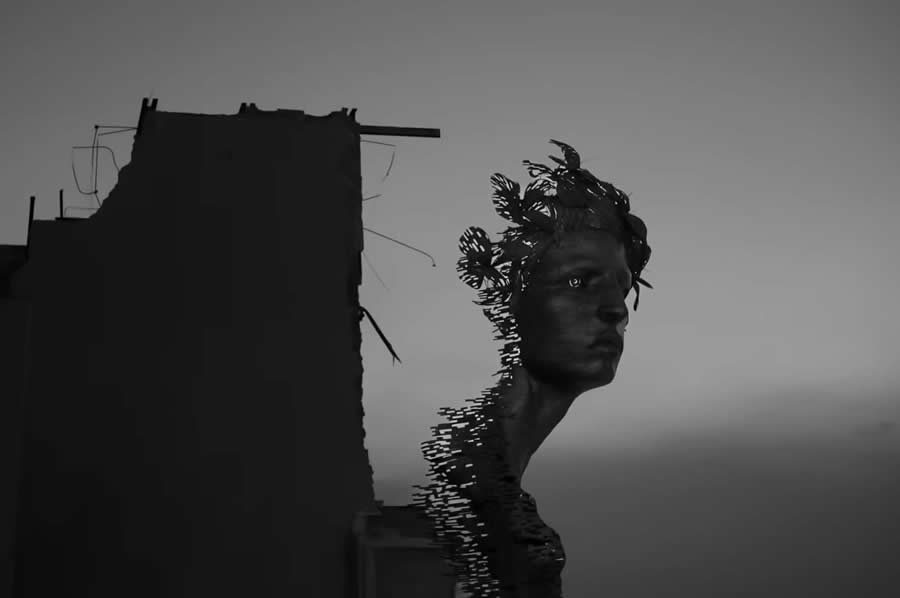
#24
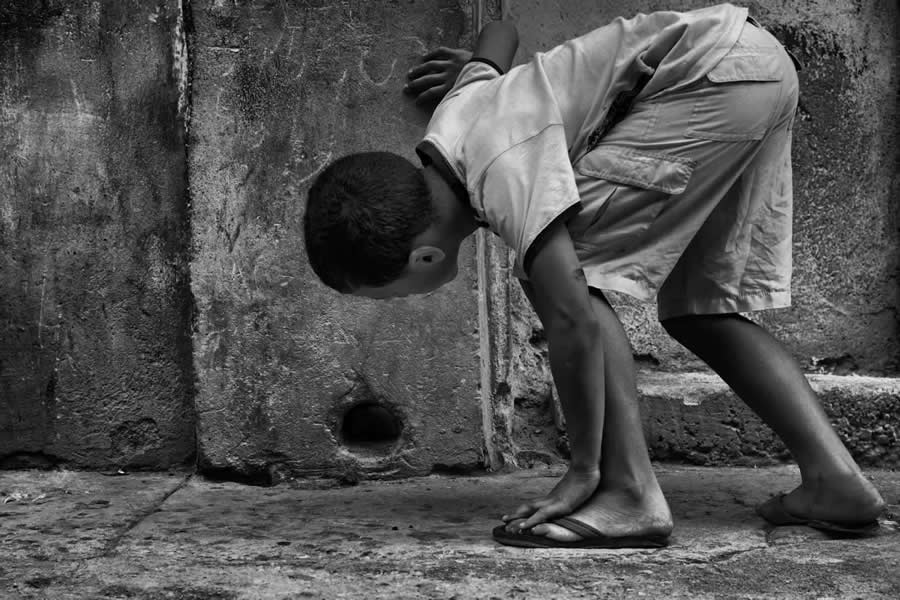
#25
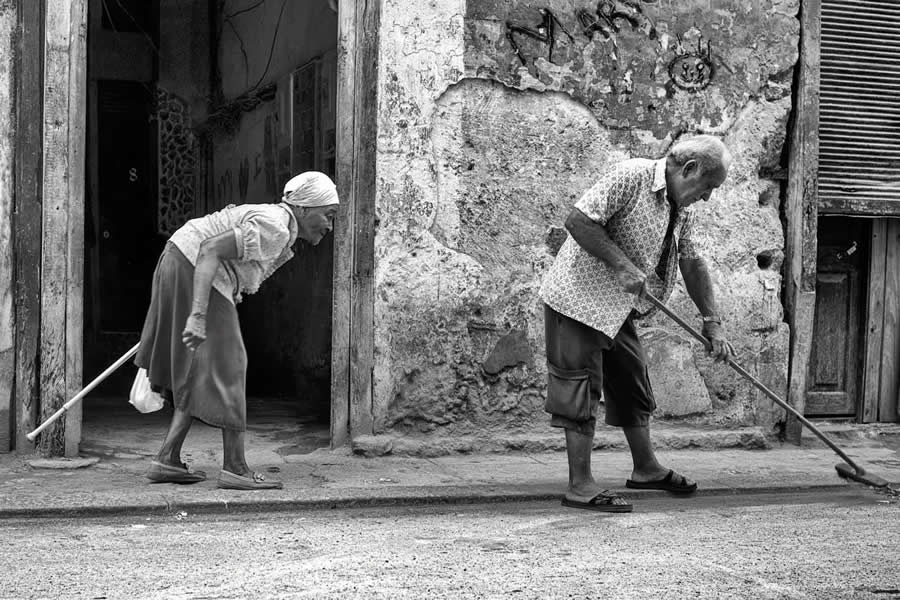
The Soul Still Remains
“The Soul Still Remains” isn’t just a title—it’s a statement of truth. Over twelve years, Luis Casadevall photographed more than 65,000 moments that together form one love letter to Cuba’s people. His work captures what can’t be staged: the quiet strength of survival, the poetry of hardship, and the grace that persists through adversity.
Each black and white frame becomes a meditation on humanity. There’s something eternal in his images—like time itself has stopped to let the soul speak. The book, introduced by writer Leonardo Padura, reminds us that Cuba’s heart beats far beyond its colors or rhythms. It beats in its people, in their smiles, their songs, and their unwavering pride.
Casadevall’s tribute is both intimate and universal. It invites us to slow down, to look closer, and to feel more deeply. Because when color fades and silence takes over, the soul doesn’t disappear—it remains, luminous and unbreakable.
#26
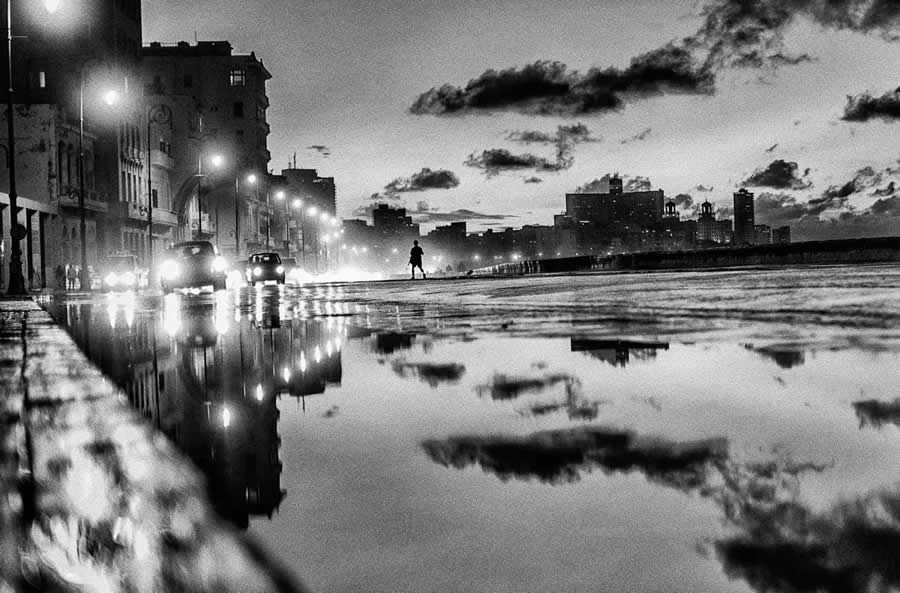
#27
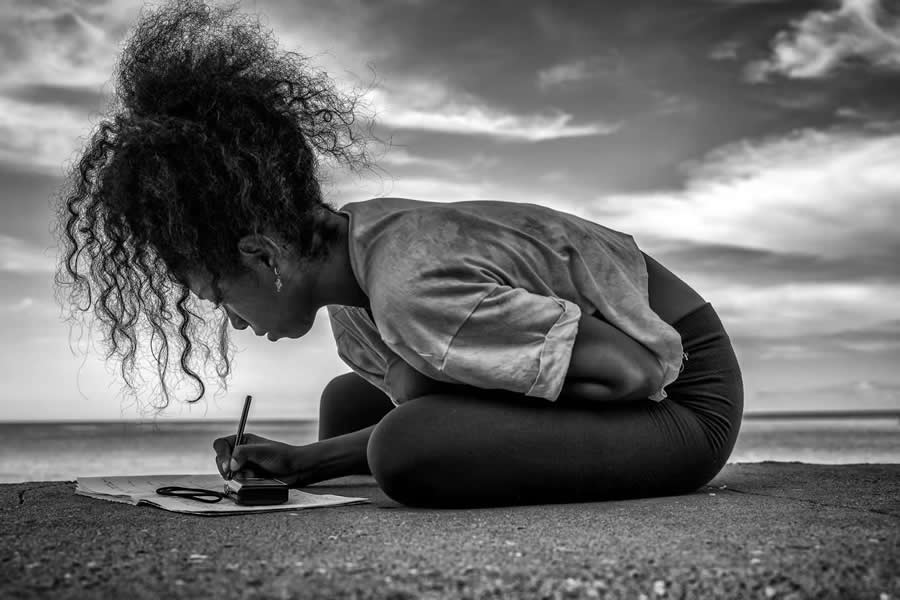
#28
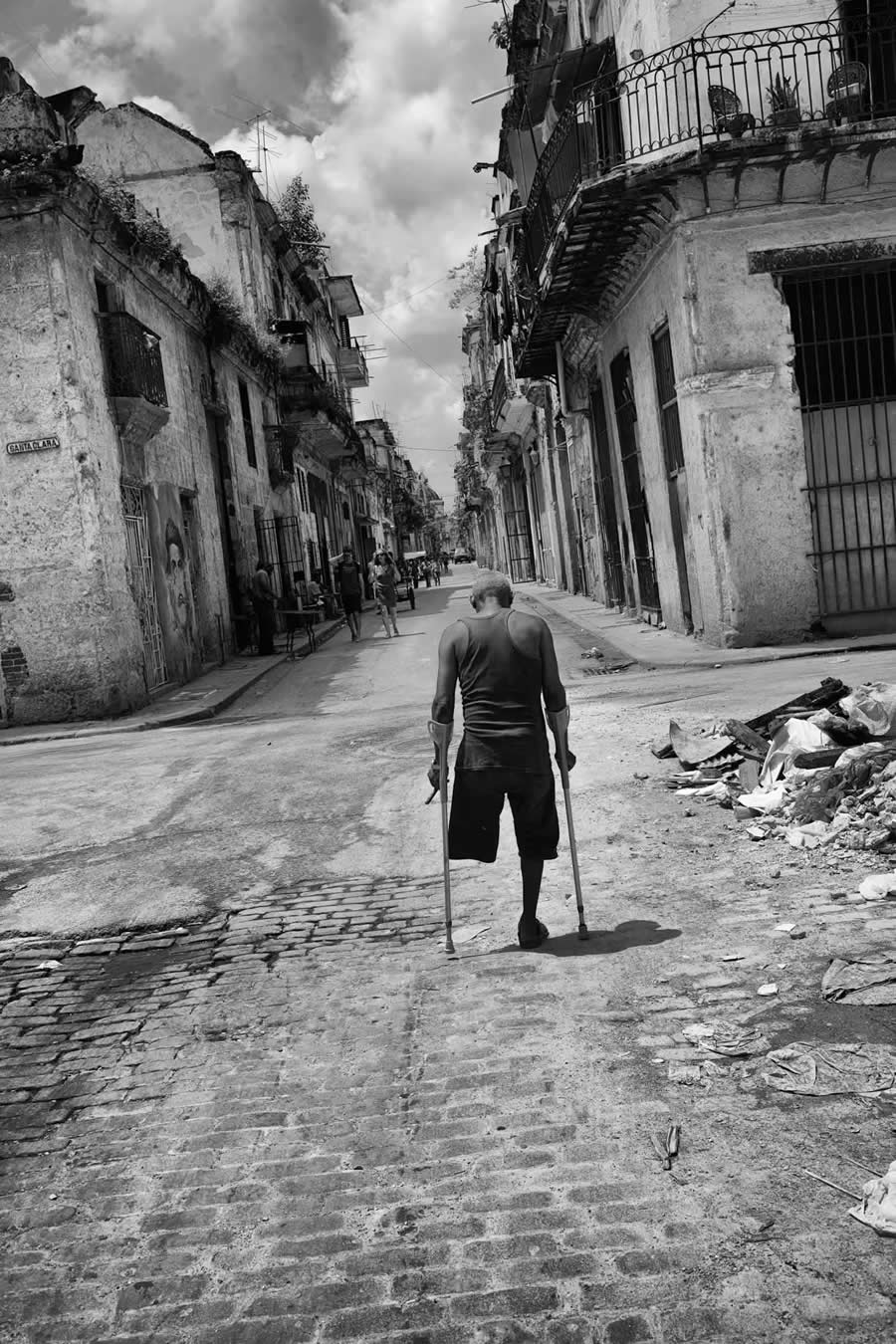
#29
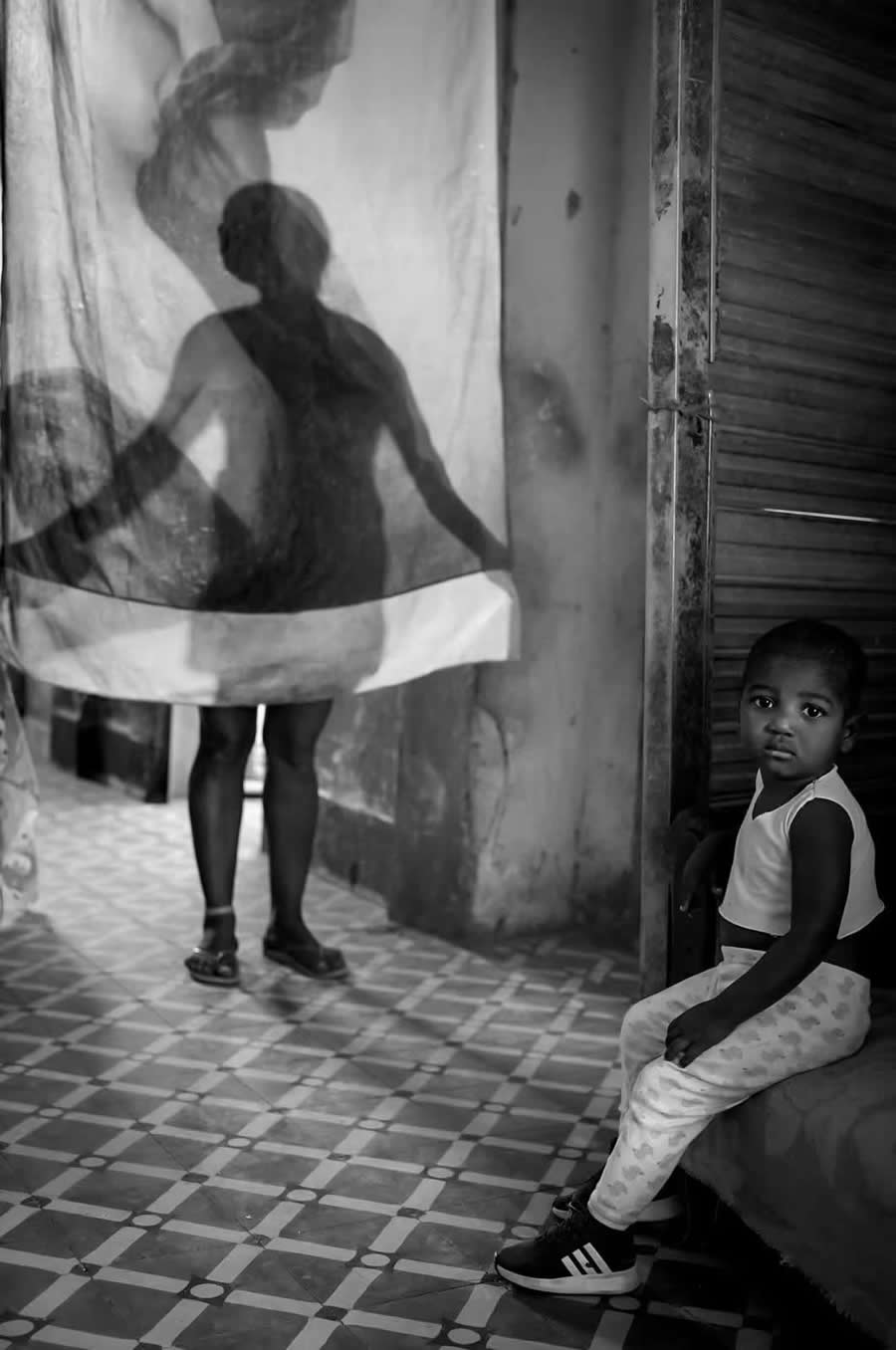
#30
